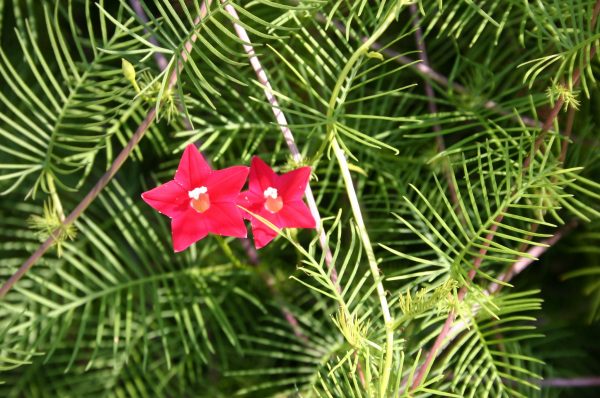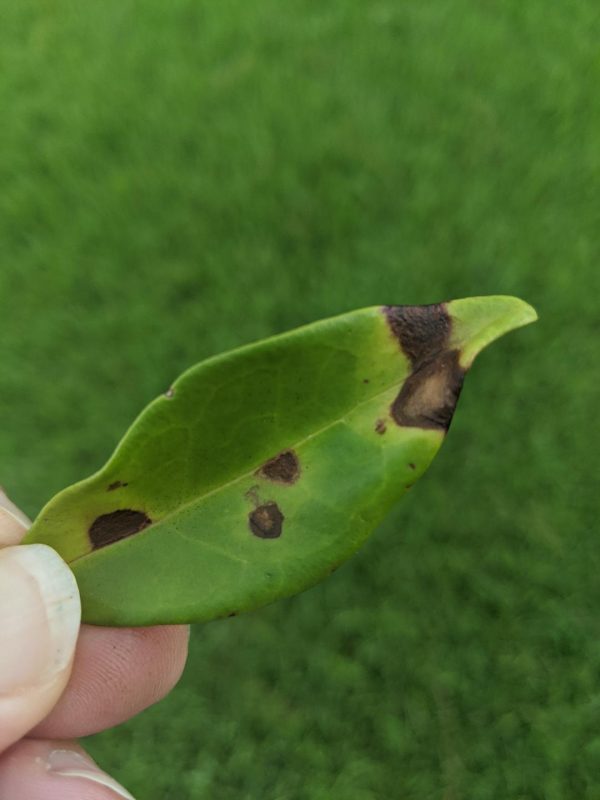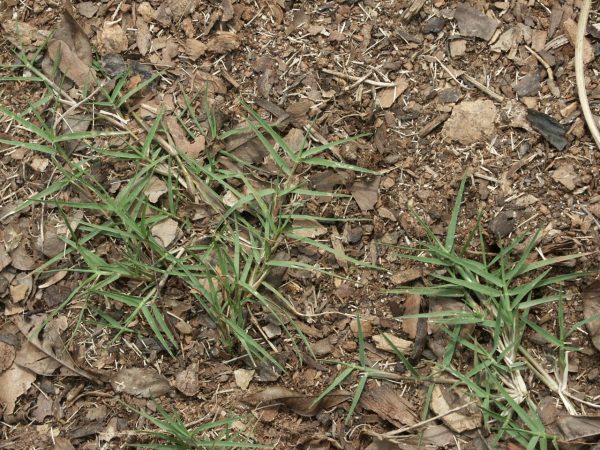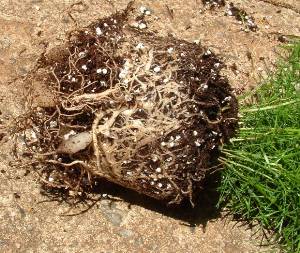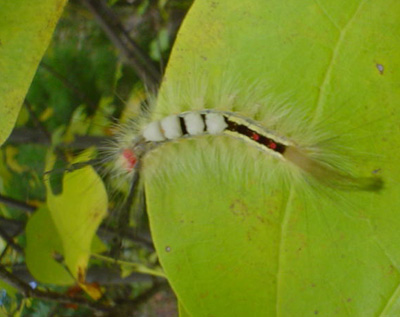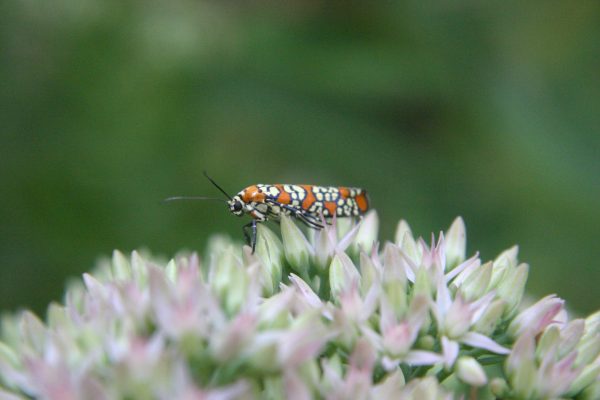June Lawn Tips

Use a “broad-leaf weed killer” to spot spray violets, wild strawberry, mimosa weed and prostrate spurge in your lawn.
Raise the height of your mower by one notch. It will help your lawn grass withstand dry weather.
A sharp mower blade is one of the best tools for turfgrass health and water savings. A ragged cut makes grass use more water. Zoysiagrass lawns in particular look better when the blade is sharpened each year.
Water newly planted sod deeply and regularly so the roots will explore the soil beneath.
Observe bermudagrass lawns for the beach-ball sized dead areas that might signify spring dead spot. Nothing can be done now; new grass will eventually fill the spot, but remember to spray with myclobutanil in September.
Early June begins the best season to plant centipedegrass , Bermudagrass and zoysiagrass from seed. Download lawn care calendars.
Mushrooms in the lawn are unsightly but harmless. They usually signify that a tree root is decomposing beneath the soil. Mushrooms are simply fungus “flowers”. Nothing can be done to prevent them.
Use a 1:1 mixture of topsoil and sand to fill the seams in newly laid sod and to level ruts and depressions in your lawn.
Mix bermudagrass, centipedegrass or zoysiagrass seed with dry sand before planting. A 1:10 mixture of seed:sand will help you scatter the seed more evenly.
Fertilize bermudagrass lawns every six weeks with any brand of turf fertilizer. Do not fertilize fescue lawns until September.
Fertilize zoysiagrass lawns twice each summer. Any turfgrass fertilizer will suffice.
If restrictions allow, water your lawn only once per week but make it a deep, thorough soaking: one inch of water, measured with a couple of tuna cans..
Grassy weeds that infest a lawn can be controlled with products containing quinclorac (Bayer All-in-One Weed & Crabgrass Killer, Ortho Weed B Gon Max Crabgrass Killer, etc) or sultrenfazone (Ortho Nutsedge Killer for Lawns). Your lawn should be at top strength before you spray.




